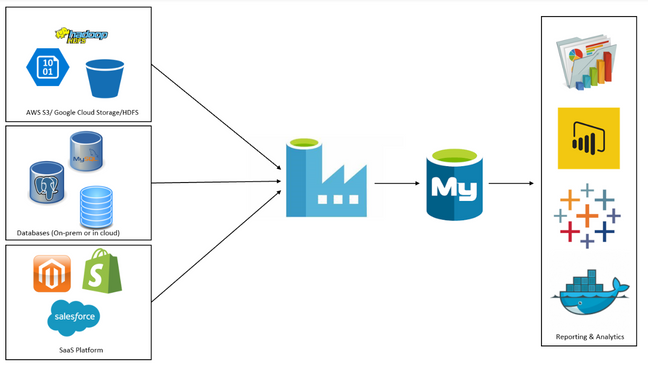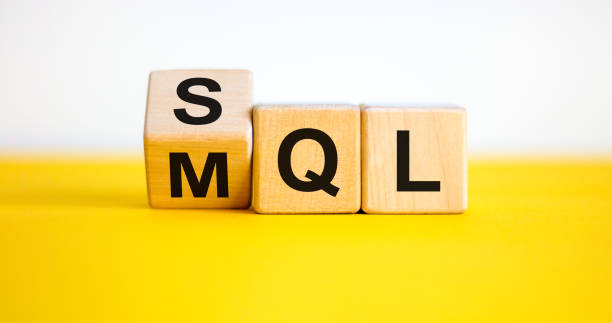Decoding the Date: Exploring the Fascinating World of Date Formats
In data engineering, working with different date formats is crucial as date values are used in a wide range of applications. Inaccurate or inconsistent date formatting can lead to significant errors in analysis and incorrect data insights. There are different types of date formats such as numeric, alphanumeric, ISO 8601, and regional differences in date formats. Numeric date formats, such as DD/MM/YYYY, MM/DD/YYYY, and YYYY-MM-DD, are commonly used in data engineering, while alphanumeric date formats like JAN 01, 2023, and 01-JAN-23 are more flexible. ISO 8601 date formats, such as YYYY-MM-DD, are designed to be unambiguous and machine-readable, making them useful for data exchange and storage. Regional differences in date formats are also prevalent. Following best practices for date format in data storage and exchange, such as using a standardized date format, validating and verifying the date format, and using appropriate data types for date and time data, ensures data accuracy and consistency. Converting between different date formats can be challenging, as different programming languages have different built-in functions and libraries for working with dates.



